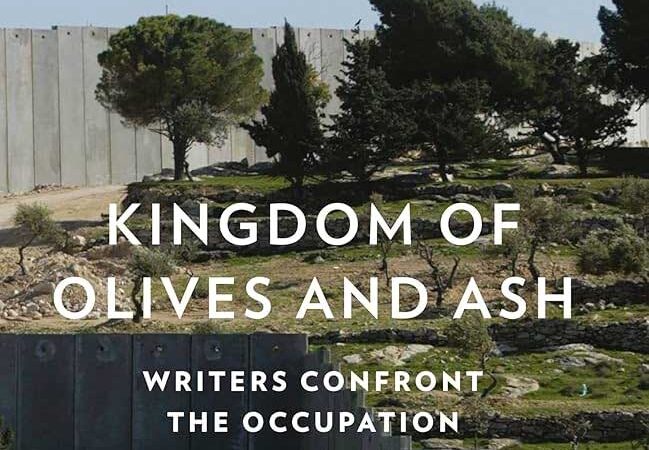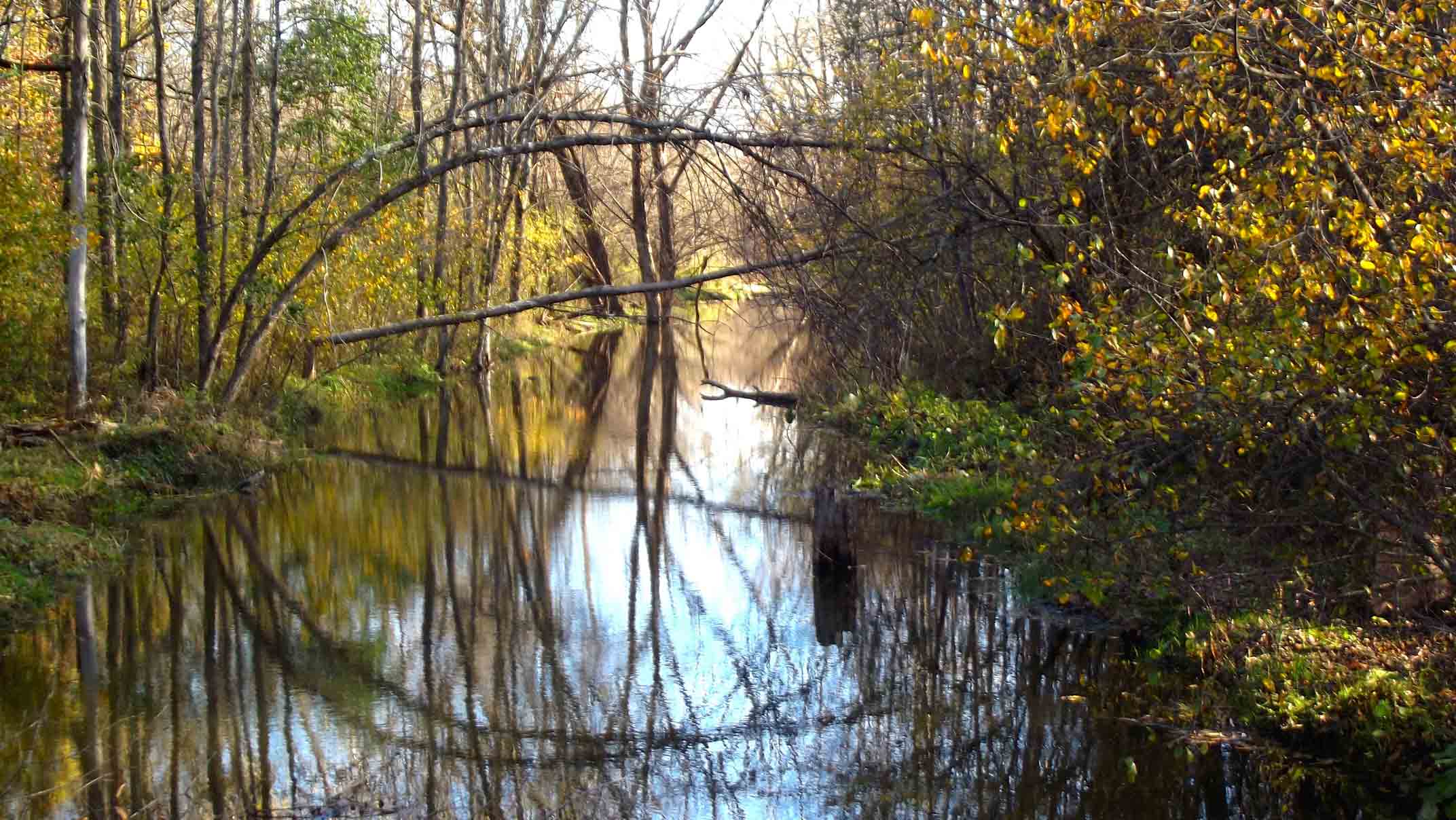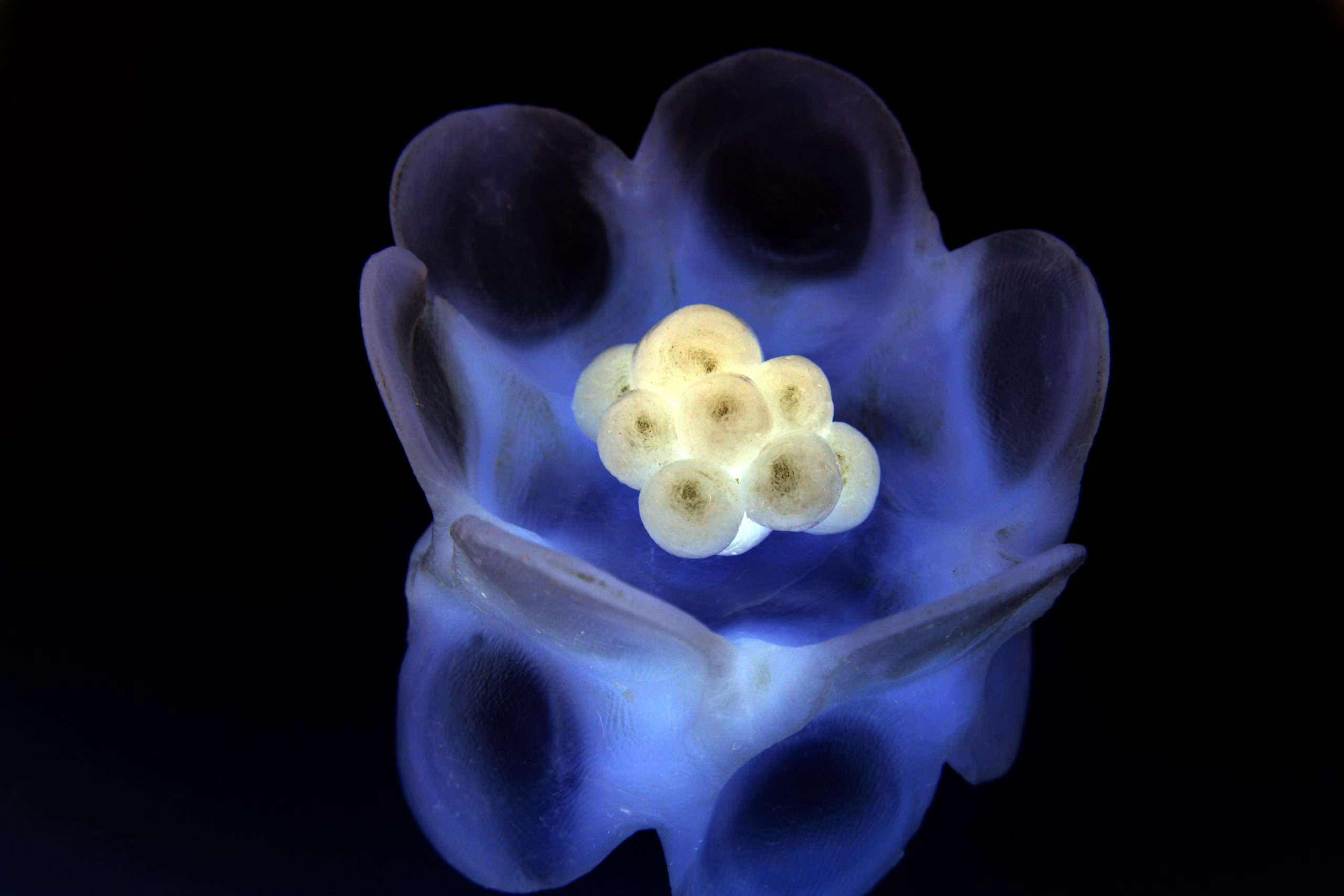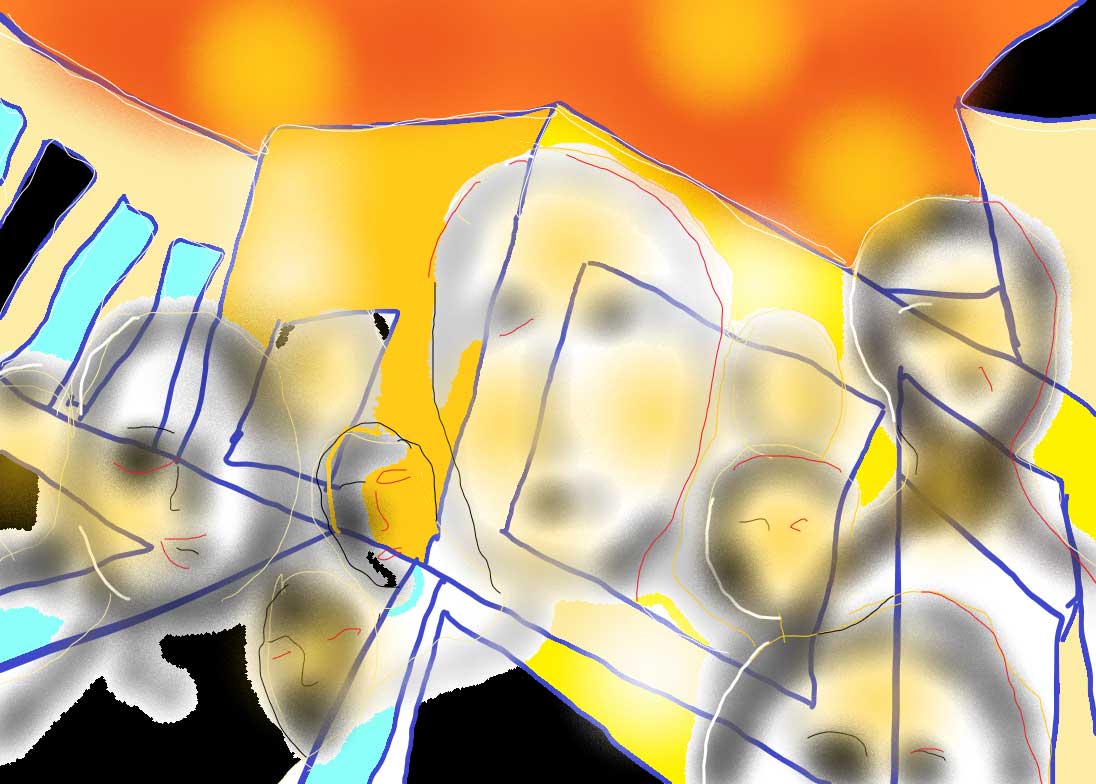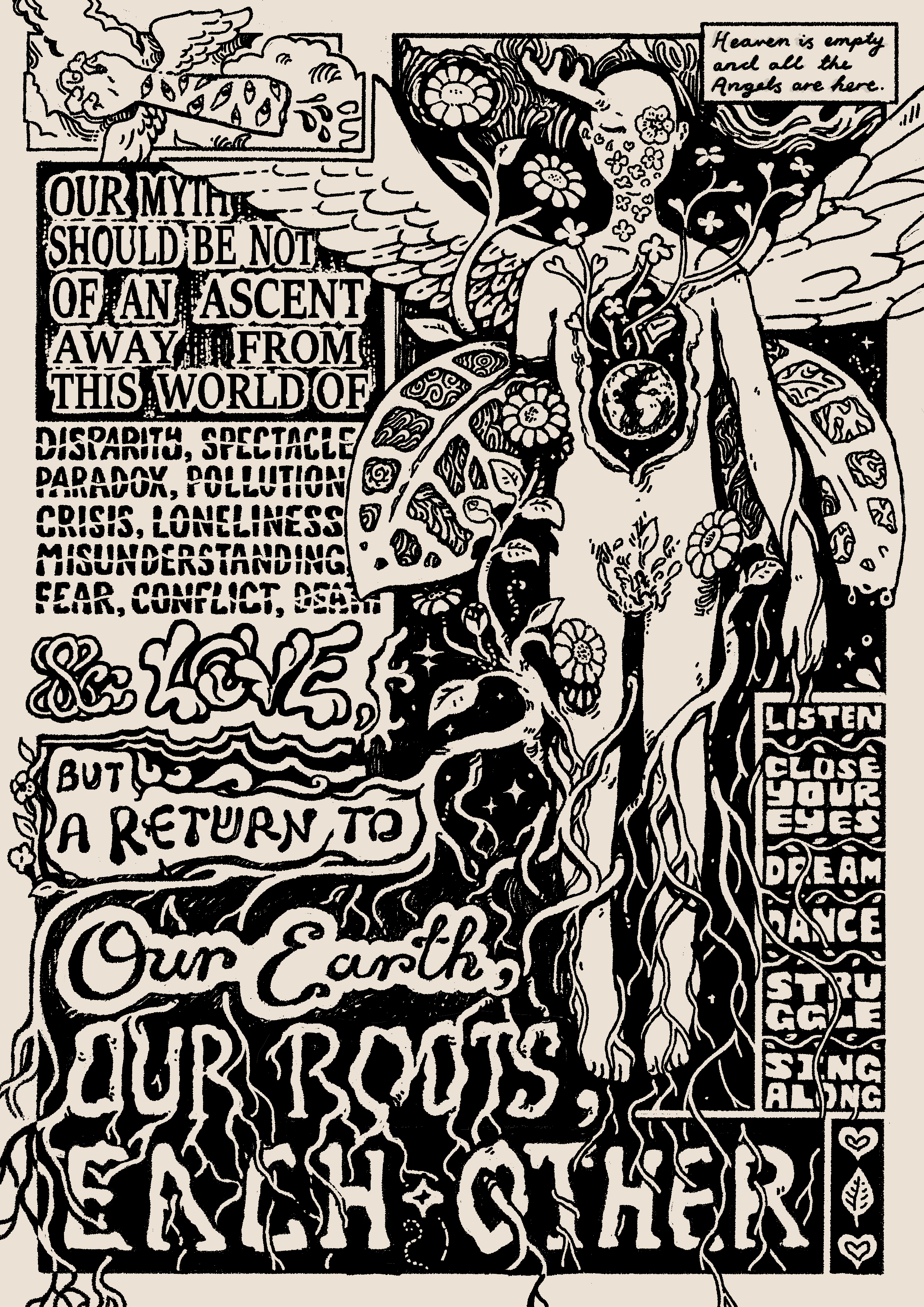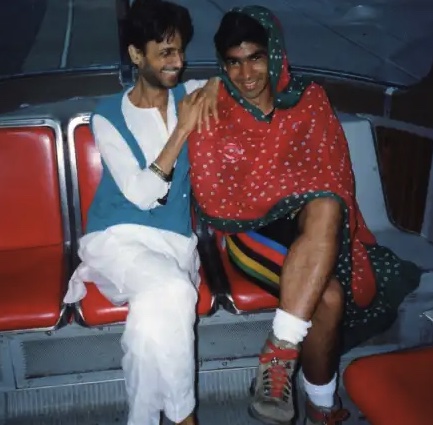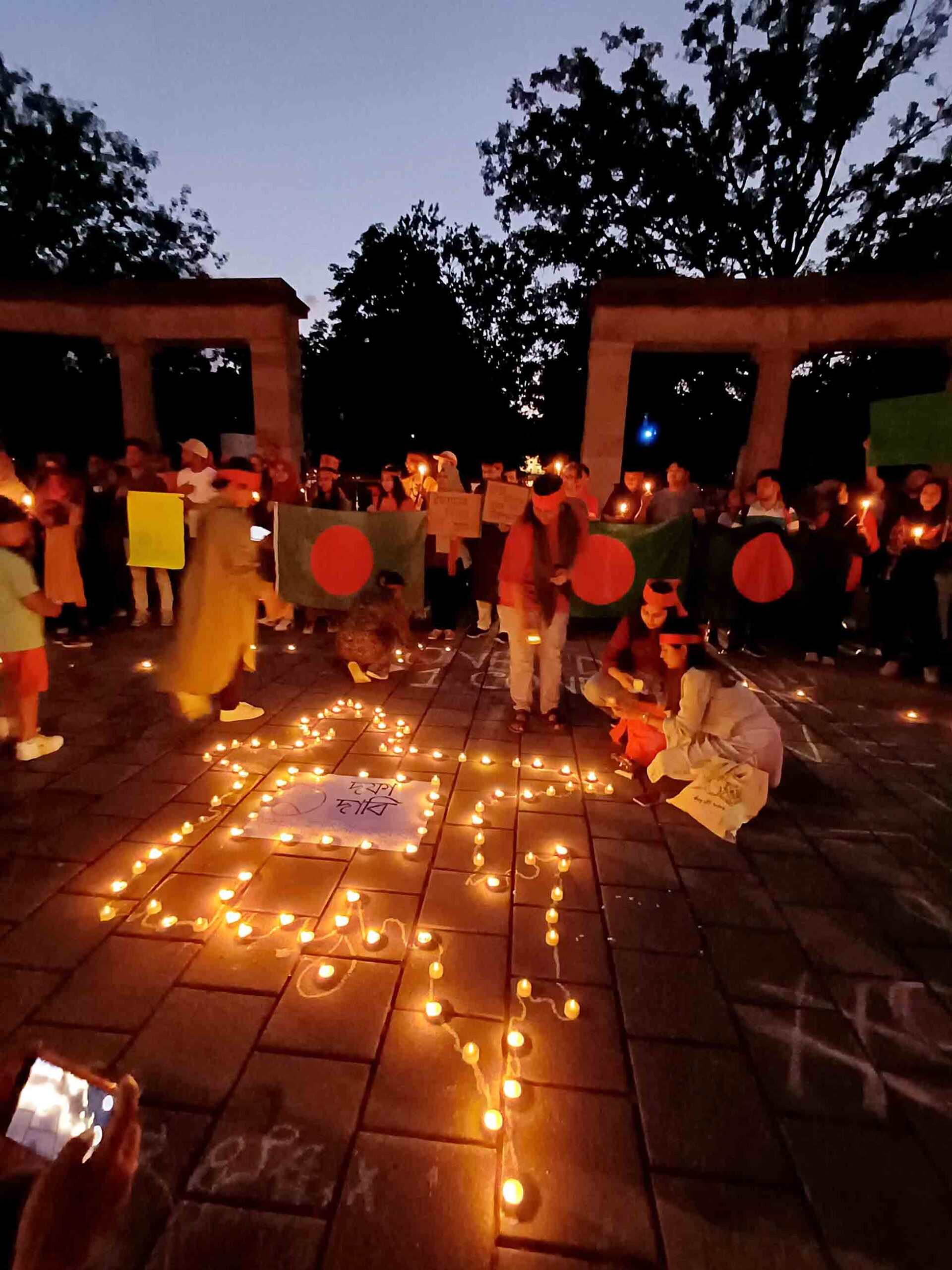I have a Question……
Twenty-nine organizations in Canada came together on November 16th, 2010 to issue a joint statement in response to Canada’s much postponed endorsement of the UN declaration on the Rights of Indigenous Peoples, originally adopted in 2007.
The joint statement says that it is not simply an aspirational instrument. That it is an establishment of minimum standards for survival, dignity, security and well-being of Indigenous peoples. When one walks around the now gradually gentrifying area around the Old Forum of Montreal or when one happens to be in any of the hospitals of Montreal, one knows and understands what is being brought up here about the plight of the Firsts Nations of this country. As one walks on down the street further, one sees that the longstanding art and writings of First Nations people along the walls of the old Seville have all been all torn down. It was actively organized and supported by community activists who understood the plight of Canada’s First Nations peoples and especially Inuit people who sought some warmth in this area and panhandled for survival around this neighbourhood, after coming in from the North. I do not see them anymore. Instead there is a demo model of a massive condo complex being built out there, inappropriately and cynically named “Complexe Seville” after the fabled repertory cinema where I had seen Phantom of the Opera a few times in the ‘70s.
As I read the joint statement, I further realize that the Canadian government says the UN Declaration “does not reflect customary international law.” This according to the UN Special Rapporteur is a “manifestly untenable position.” Does Canada already want to redefine and wriggle out of what it has already signed, by making malfeasant interpretations or does Canada have another plan?
In 2007, Canada was one of four countries (the others being United States, Australia and New Zealand) that refused to sign the Declaration when it was adopted in the UN General Assembly. Canada understood it then as not just a human rights document, but also affecting its ability to negotiate on biodiversity, climate change and intellectual property. Something has changed and no one knows for sure what Canada’s real intent is.
“Canadian laws and policies are not above reproach. We strongly encourage the government of Canada to use the Declaration as a tool in reforming laws and policies that fall below international human rights standards, ” said Alex Neve, Secretary General of Amnesty International.
A leader of the Quaker’s organization, Merrill Stewart says that Canada would do well not to see this as “… Isolated problems but part of a long-standing and deeply entrenched pattern of racism and exclusion.”
The Joint Statement goes on to conclude that in the past four years the Canadian government has not fulfilled its constitutional duty to consult the First Nations and accommodate their concerns in respect to the positions taken in the Declaration.
I am wondering why Canada has signed this Declaration. First Nations peoples are not easily assuaged by plum offerings. Does our government have a game plan? Does this country want to create a fog of doubt about the increasing opposition to the Tar Sands and the Pipelines by instituting new environmental committees, scientific advisory bodies and then assuaging the First nations simultaneously? Is this a methodical strategic plan to diffuse and mesmerize while carrying on unpopular policies?
